The Hanging Gardens of Babylon, often referred to as the legendary Iraqi Hanging Gardens, remain one of the most enigmatic wonders of the ancient world. Despite their fame, historians and archaeologists continue to debate their existence, location, and even their very appearance. The gardens are said to have been an extraordinary feat of engineering, a lush paradise built in the heart of Mesopotamia, where verdant terraces rose high above the arid plains. Yet, the lack of definitive archaeological evidence has only deepened the mystery surrounding them.
According to ancient texts, the gardens were commissioned by King Nebuchadnezzar II in the 6th century BCE as a gift to his wife, Amytis, who longed for the green hills of her homeland. The structure was described as a series of tiered gardens, supported by stone columns and irrigated by an intricate system of pumps and canals that drew water from the Euphrates River. The idea of a flourishing garden in the middle of a desert was so astonishing that it captured the imagination of writers and travelers for centuries.
However, the absence of any direct mention of the gardens in Babylonian records has led some scholars to question whether they ever existed at all. The primary accounts come from Greek historians such as Strabo and Diodorus Siculus, who wrote about them centuries after their supposed construction. Some theories suggest that the gardens may have been confused with other grand structures in Nineveh, built by the Assyrian king Sennacherib. Despite these uncertainties, the legend persists, and the Hanging Gardens continue to symbolize humanity’s desire to conquer nature through ingenuity.
Modern excavations in Iraq have attempted to uncover traces of the gardens, but the results remain inconclusive. The site of ancient Babylon, near present-day Hillah, has yielded ruins of palaces and temples, yet no definitive proof of the gardens has been found. Some researchers propose that if the gardens did exist, they may have been destroyed by earthquakes or erosion over millennia. Others argue that the descriptions may have been exaggerated over time, blending myth with reality.
The cultural impact of the Hanging Gardens cannot be overstated. They have inspired countless works of art, literature, and even modern architectural projects attempting to recreate their splendor. The idea of an elevated garden, defying the harshness of its environment, resonates deeply as a testament to human creativity and perseverance. Whether fact or fiction, the story of the gardens endures as a reminder of the grandeur of ancient civilizations.
Today, Iraq’s rich heritage continues to draw scholars and tourists alike, eager to explore the remnants of its glorious past. While the Hanging Gardens may remain elusive, their legacy lives on, a symbol of beauty and wonder that transcends time. The search for answers continues, fueling both academic debate and the enduring allure of one of history’s greatest mysteries.

By Grace Cox/Apr 28, 2025

By Emma Thompson/Apr 28, 2025

By Christopher Harris/Apr 28, 2025
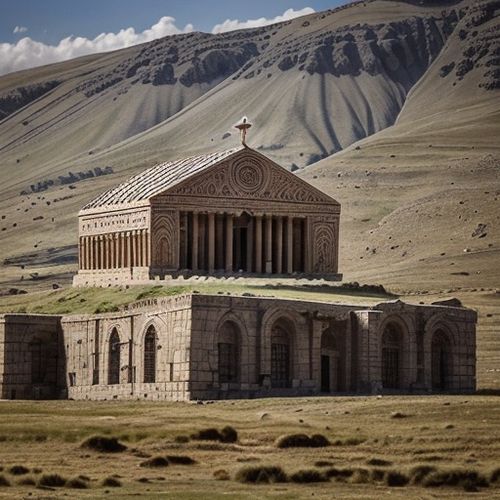
By Lily Simpson/Apr 28, 2025

By Olivia Reed/Apr 28, 2025

By Christopher Harris/Apr 28, 2025

By Amanda Phillips/Apr 28, 2025

By Daniel Scott/Apr 28, 2025

By Jessica Lee/Apr 28, 2025

By James Moore/Apr 28, 2025
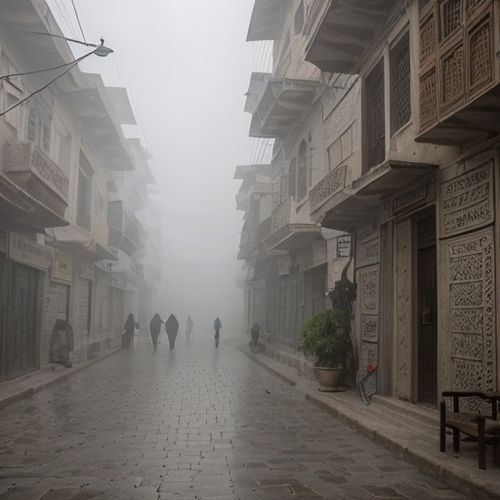
By Grace Cox/Apr 28, 2025

By Emily Johnson/Apr 28, 2025

By Thomas Roberts/Apr 28, 2025
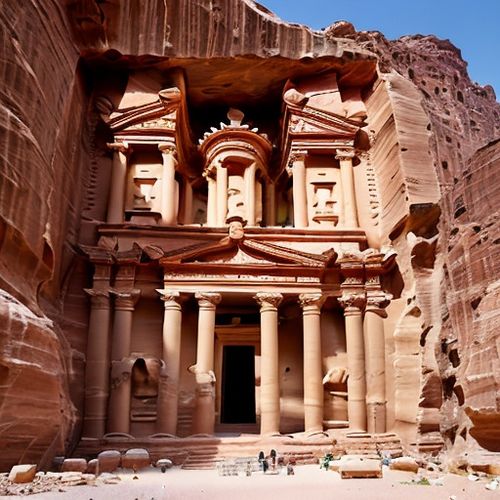
By Amanda Phillips/Apr 28, 2025

By Daniel Scott/Apr 28, 2025
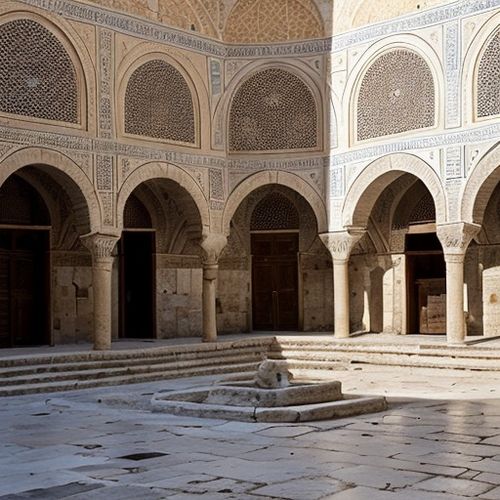
By William Miller/Apr 28, 2025
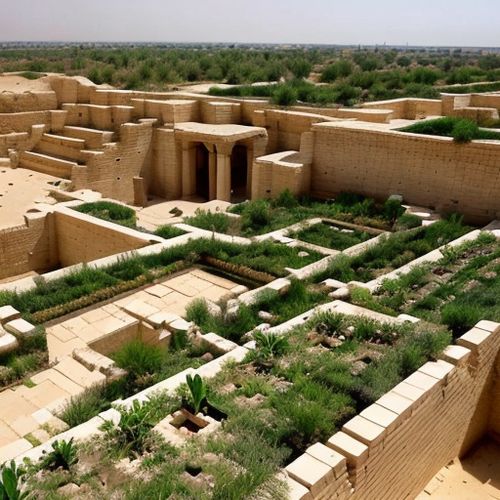
By Joshua Howard/Apr 28, 2025

By Amanda Phillips/Apr 28, 2025

By Natalie Campbell/Apr 28, 2025
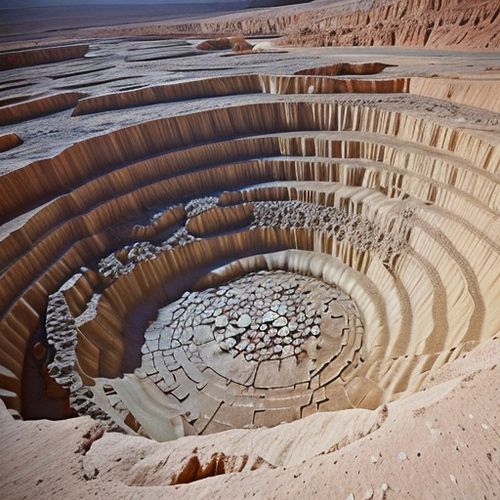
By Natalie Campbell/Apr 28, 2025